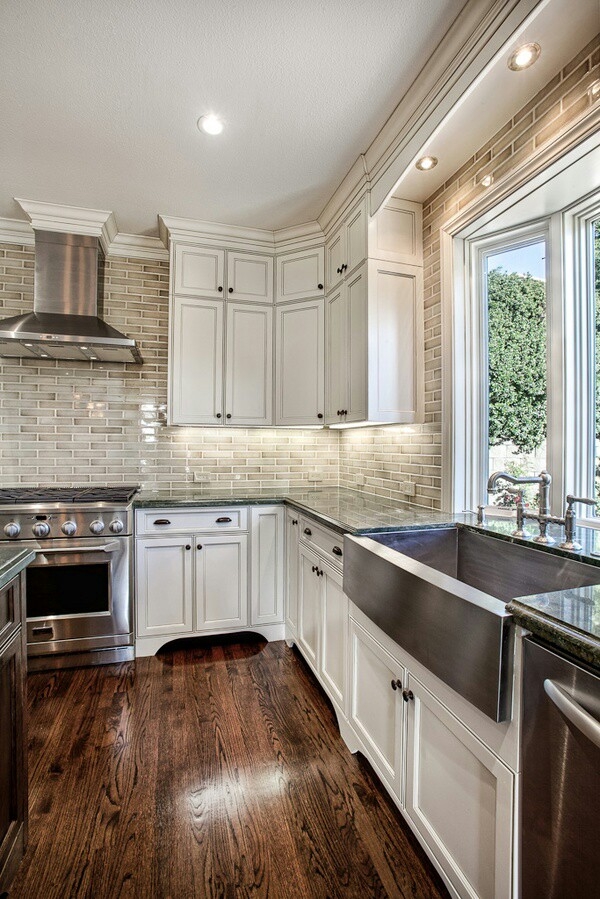


If mold is also present (and it probably is), it can also cause structural damage. Damage: Moisture can cause damage to the drywall and wood behind the drywall.By then, you have a serious issue on your hands. Mold will flourish in these wet and dark conditions, and you won’t notice until your tiled wall starts to feel soft when you press it.

Mold: Moisture can seep behind the tile and the drywall and wood behind the drywall.Tiling over drywall in a wet area isn’t always against building codes, so why is it so bad? I’ll give you three good reasons to avoid tiling over drywall in a wet area: Why Can’t You Tile over Drywall in Wet Areas? If these areas experience a plumbing issue or a leak, you can experience some of the issues we’ll talk about below, but in general, it is considered safe. For example, many people tile over drywall behind their kitchen sink or in their laundry room. Places that may experience some moisture are usually okay, but you need to be aware of the risks. Any place outdoors like in your outdoor kitchen.
#Fully tiled kitchen walls install
Here are some areas of your home you should NOT install tile over drywall: The only time you can’t tile over drywall is if you’re hanging the tile in a location that gets wet or is exposed to frequent to constant humidity. In fact, I’ve done this (or had it done) many times in both homes that my wife and I have remodeled as well as new construction projects. It is safe and effective and what most professional contractors do. In most areas of your home, you can put tile over drywall without any issue at all as long as you prepare the drywall first and use the right mortar for your project. Pro Tip: Always use a tile sealer (link to Amazon) to protect and ensure the durability of your tile. Check out the Champion 4375/3500-Watt Dual Fuel Portable Generator - RV Ready! (link to Amazon)


 0 kommentar(er)
0 kommentar(er)
